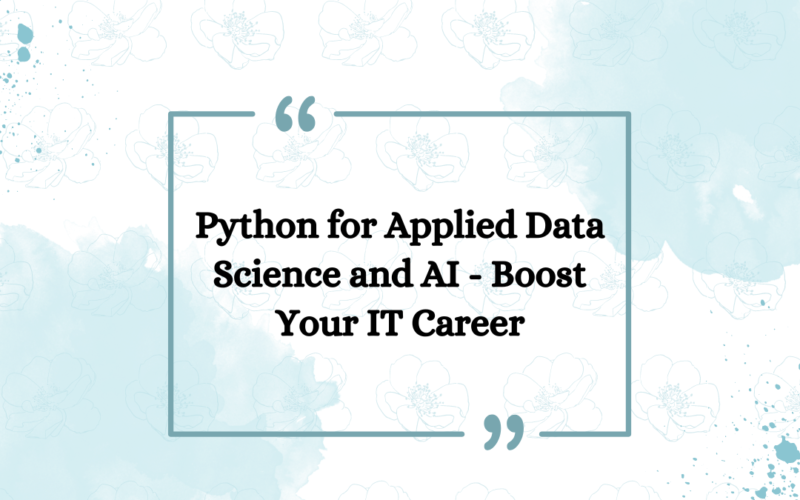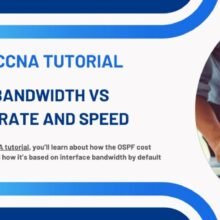Smart Phone Remote Controller ● Widespread Compatibility: Your smartphone can function effectively with the standard connector that is frequently used to replace iOS cellphones.● Plug and Play: Your smartphone may become an…
Python for Applied Data Science and AI – Boost Your IT Career

The “Python for Applied Data Science and AI” course on Coursera
is a comprehensive program designed to equip IT students with essential Python programming skills for data science and AI applications.
This course covers Python basics, programming logic, and key libraries such as Pandas and Numpy. It also teaches web data access through APIs and web scraping.
By enrolling in this course, IT students can enhance their career prospects in data-driven fields and gain a competitive edge in the job market.
Introduction:
In today’s data-driven world, Python has emerged as a powerful language for applied data science and AI.
For IT students looking to excel in these fields, the “Python for Applied Data Science and AI” course on Coursera is a must-have resource.
This comprehensive course covers Python basics, programming logic, essential libraries like Pandas and Numpy, and even web data access through APIs and web scraping.
Let’s delve into the course description and explore why it’s a vital investment for your IT career.
Description:
The “Python for Applied Data Science and AI” course is designed to equip IT students with essential skills in Python programming for data science and AI applications. With a focus on practicality, this course provides hands-on experience and in-depth knowledge to ensure you can effectively tackle real-world challenges.
Learning Topics:
- Describe Python Basics including Data Types, Expressions, Variables, and Data Structures: This course begins by establishing a strong foundation in Python basics. You’ll learn about essential data types, expressions, variables, and data structures. This knowledge forms the building blocks of Python programming, enabling you to manipulate and analyze data effectively.
- Apply Python programming logic using Branching, Loops, Functions, Objects & Classes: To become a proficient Python programmer, you need to understand programming logic. This course guides you through the application of branching, loops, functions, objects, and classes in Python. You’ll gain the skills necessary to write efficient and modular code, enhancing your ability to solve complex problems.
- Demonstrate proficiency in using Python libraries such as Pandas, Numpy, and Beautiful Soup: Python’s strength lies in its extensive range of libraries. In this course, you’ll gain proficiency in essential data science and AI libraries like Pandas and Numpy. These libraries empower you to manipulate, analyze, and visualize data efficiently. Additionally, you’ll explore Beautiful Soup for web scraping, expanding your toolkit for data acquisition.
- Access web data using APIs and web scraping from Python in Jupyter Notebooks: Web data plays a crucial role in various data science and AI projects. This course equips you with the skills to access web data using APIs and perform web scraping using Python in Jupyter Notebooks. You’ll learn how to collect, clean, and process data from the web, a valuable skill for extracting insights and building data-driven applications.
Conclusion: In conclusion, the “Python for Applied Data Science and AI” course is an indispensable investment for IT students seeking to boost their careers in data science and AI.
By mastering Python and its libraries, you’ll gain the essential skills needed to manipulate, analyze, and visualize data effectively. The course‘s focus on practical applications, including web data access and scraping, ensures you’re equipped to tackle real-world challenges.
The ability to work with Python in data-driven fields is highly sought-after, opening up a wealth of career opportunities in industries such as finance, healthcare, and technology.
Offered By

Enrolling in this course not only expands your technical skills but also demonstrates your commitment to professional growth.
By completing the “Python for Applied Data Science and AI” course, you’ll stand out among your peers and gain a competitive edge in the IT job market.
learn more
what is the difference between lis Vs. tuple?







